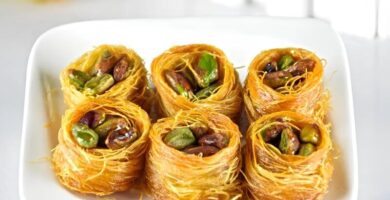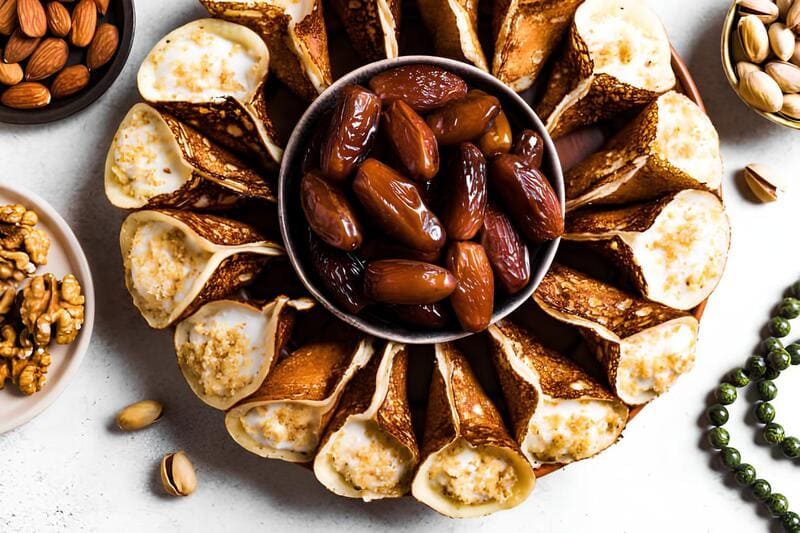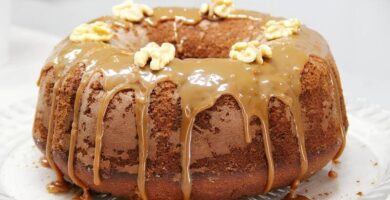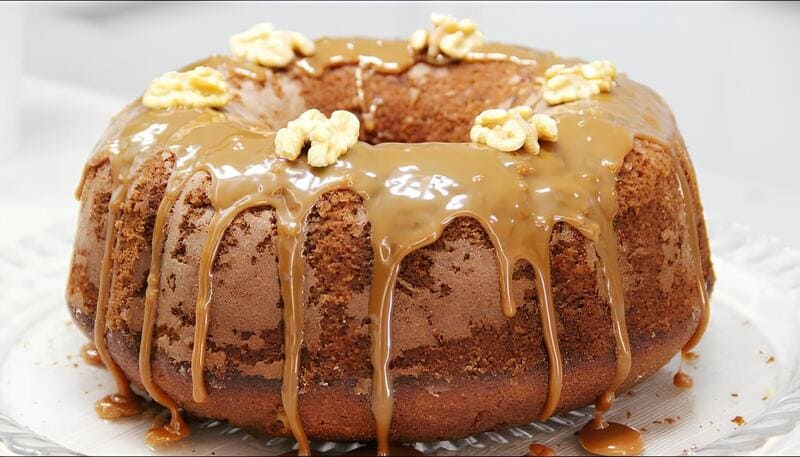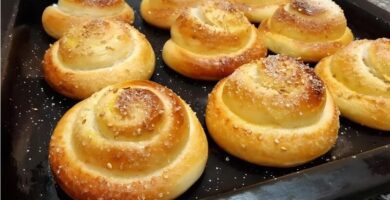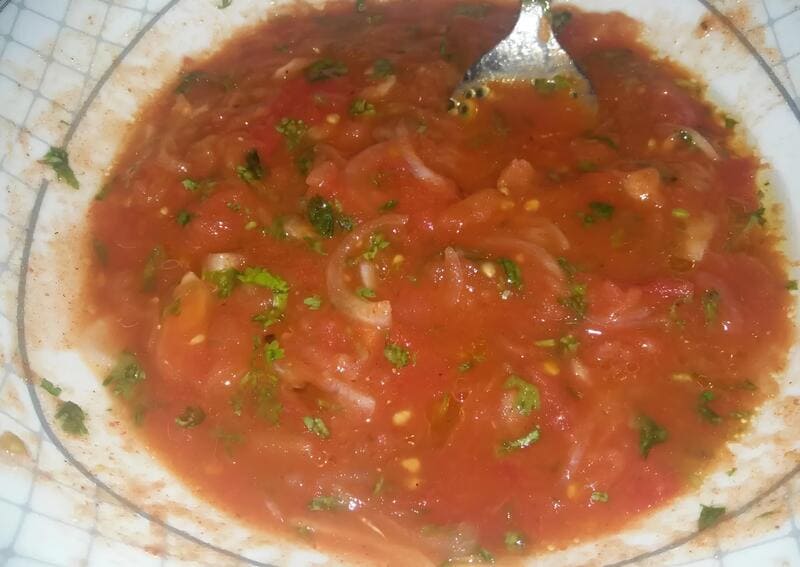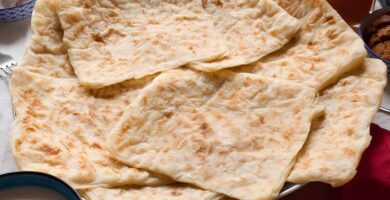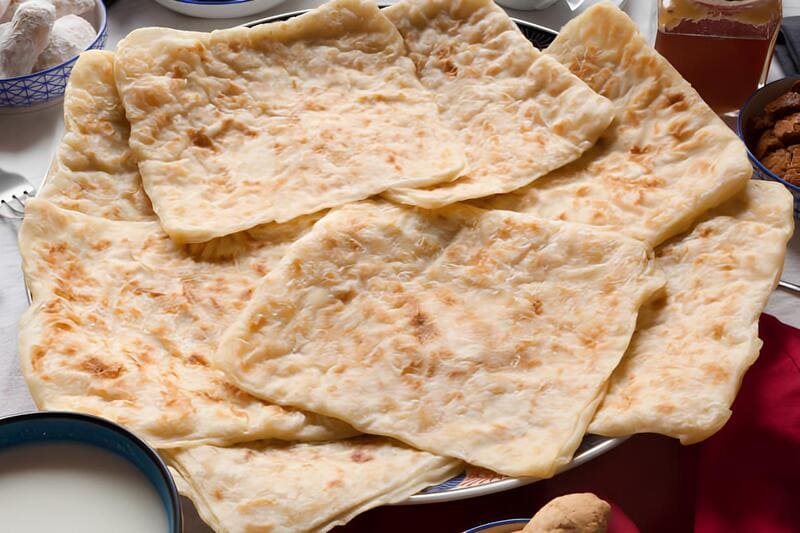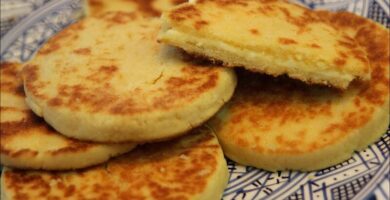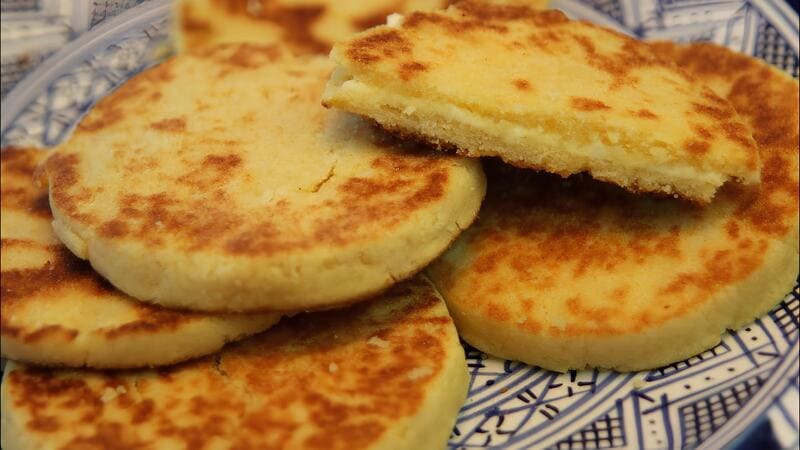
Kunafa is a beloved ingredient in Middle Eastern cuisine, often featured in festive celebrations and family gatherings. In Egypt, one delightful variation is the Bird’s Nest Kunafa with Pistachios. This dessert, resembling a bird’s nest, combines crunchy kunafa with creamy, nutty fillings, delivering both flavor and texture in each bite.
The recipe is not only a treat for adults but also a hit dessert for kids. Its striking appearance and tantalizing flavor make it a favorite at any dinner table. Whether served at special celebrations or simply as a sweet closing to a meal, this Egyptian dessert adds a touch of intricacy and festivity.
Ingredients
- 2 cups of kunafa dough
- 1 cup water
- 1/4 teaspoon of tea for Mondzi (or any preferred tea)
- 1 cup ground pistachios
- 1/2 cup free fat or animal ghee (or vegetable ghee for a vegetarian option)
- 1/4 cup vegetable fat
- 1 cup sugar syrup (shira)
- Optional: Assorted nuts for stuffing
Preparation
- Combine the water and tea for Mondzi in a saucepan and bring to a boil. Once boiling, simmer on medium heat for five minutes.
- Turn off the heat and let the mixture cool. This will be used for flavoring the dessert.
- Before using, ensure that your kunafa dough is thawed. Spread it on a clean cloth and cover it to keep it moist.
- For the kunafa stuffed with pistachios, take a portion of the kunafa dough and mix in some ground pistachios and optional nuts.
- Add a smooth layer of pistachios to the kunafa mixture.
- Trim excess edges and fold the corners to secure the filling.
- In a baking tray generously greased with ghee, place the filled kunafa.
- Brush a quarter cup of vegetable fat on the surface of the kunafa.
- For the bird’s nest variation, take a thin piece of kunafa dough (about 30 cm long) and brush it with vegetable fat.
- Coil the dough around your fingers to form a nest shape, ensuring the ends are tucked underneath to keep the shape.
- Fill the nests with ground pistachios or any preferred nuts.
- Preheat your oven to 220°C (428°F).
- Bake the kunafa and bird’s nest pieces until golden on the bottom. Then, turn on the top grill to achieve an even golden color all over.
- Once baked, remove from the oven and promptly pour shira over the hot kunafa, ensuring it’s fully absorbed.
- Drain excess ghee from the bird’s nests and immediately drizzle shira over them.
- Serve hot. Enjoy the crispy, nutty sweetness of this traditional Middle Eastern dessert!
Did you know?
Kunafa is a versatile ingredient widely used across Middle Eastern and Turkish cuisines. In different regions, it might be known as baklava, especially when layered with nuts and soaked in syrup, although there are nuanced differences. This dessert’s beauty lies in its flexible preparation methods, allowing varying tastes and textures—like the chewy and crunchy elements in our bird’s nest version. In Egypt and other Arab countries, kunafa variations may include fillings like cream, cheese, or nuts, each offering a unique flavor profile. Kunafa also holds cultural significance, often enjoyed during Ramadan as a festive treat symbolizing celebration and togetherness. Interestingly, its roots trace back to ancient times, with historical references indicating kunafa’s consumption during the Fatimid Caliphate.
Furthermore, introducing kids to this dessert can be a great way to familiarize them with Arabic culinary traditions. The intricate process of coiling kunafa dough into nests can be a fun kitchen activity, sparking their interest in cooking while enjoying a delicious reward. Whether you’re a lover of traditional Turkish sweets or aspiring to try an exotic Middle Eastern treat, kunafa is a dessert experience like no other!
